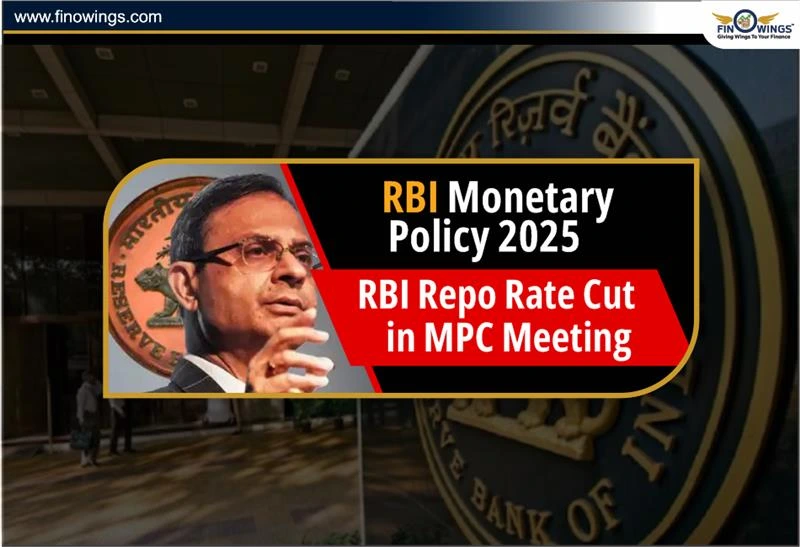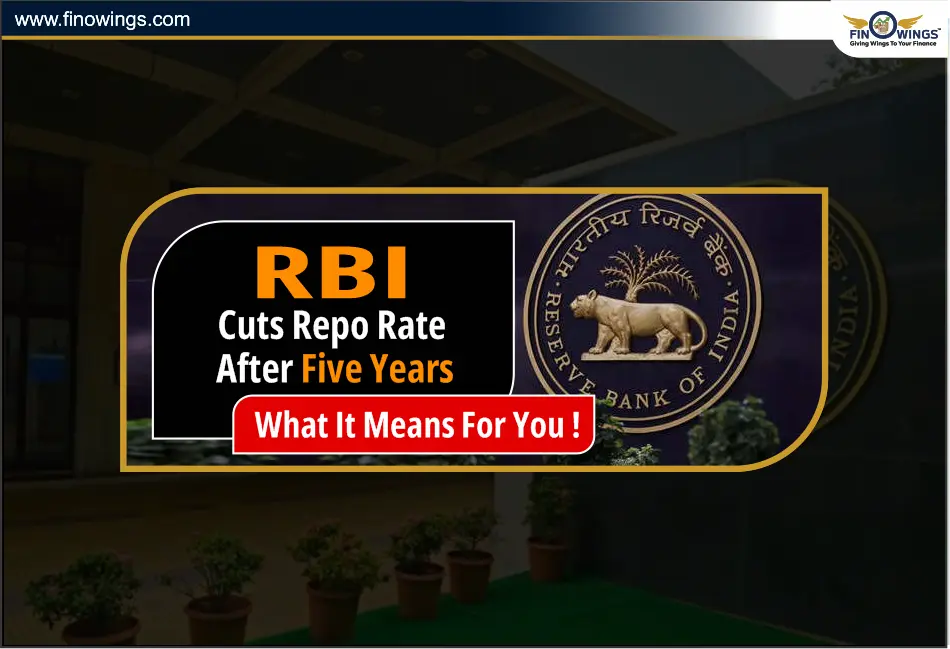Home >> Blog >> Impact of Capital Gains Tax on Trading in the Stock Market
Impact of Capital Gains Tax on Trading in the Stock Market

Table of Contents
Introduction to Capital Gains Tax
Capital Gains Tax (CGT) is a critical aspect of investment that affects both retail investors and Foreign Portfolio Investors (FPIs). Understanding its implications can help investors make informed decisions.
Types of Capital Gains Tax
There are two primary types of Capital Gains Tax: Long-Term Capital Gains (LTCG) and Short-Term Capital Gains (STCG). Each has different implications for investors.
Long-Term Capital Gains (LTCG)
LTCG tax is applied to the profits from the sale of assets held for more than one year. This tax can significantly impact investment strategies and decisions.
Short-Term Capital Gains (STCG)
STCG tax, on the other hand, applies to assets sold within a year of purchase. This tax rate is typically higher than LTCG, influencing short-term investment behaviors.
Historical Context of Capital Gains Tax in India
India introduced Capital Gains Tax in 1956-57. Since then, it has undergone various changes, impacting the market dynamics significantly.
Initial Implementation
When first implemented, CGT aimed to generate revenue for the government while regulating the stock market. Over the years, its rates and regulations have evolved.
Recent Changes
In recent years, changes in CGT rates have caused significant market fluctuations. Investors need to stay updated with these changes to manage their portfolios effectively.
Detailed Video:
Impact on Retail Investors
Retail investors often face challenges due to CGT. Understanding these impacts can help mitigate potential risks and optimize investment returns.
Investment Decisions
· Influences holding period
· Affects stock selection
· Impacts portfolio diversification
Tax Planning
· Requires strategic planning
· Involves calculating potential liabilities
· Necessitates understanding tax exemptions
Impact on Foreign Portfolio Investors (FPIs)
FPIs also feel the effects of CGT, which can influence their investment strategies and fund inflows into the country.
Market Entry and Exit
· Determines entry timing
· Affects exit strategy
· Influences market stability
Fund Inflows
· Impacts investment volume
· Affects market liquidity
· Determines investor confidence
Strategies to Mitigate CGT Impact
Investors can employ various strategies to reduce the impact of CGT on their investments. These strategies require careful planning and execution.
Long-Term Investment
Holding investments for more than a year can reduce the CGT rate, making long-term investments more tax-efficient.
Tax-Loss Harvesting
This strategy involves selling losing investments to offset gains, reducing overall tax liability.
Utilizing Tax Exemptions
Investors should be aware of available tax exemptions and deductions to optimize their tax planning.
Conclusion
Understanding Capital Gains Tax and its implications is crucial for making informed investment decisions. By employing strategic planning and staying updated with tax regulations, investors can mitigate the impact of CGT and maximize their returns.
Disclaimer: We do not recommend any type of buying or selling activity through this blog. Always consult your Financial advisor before investing.
Want to start your journey in stock market trading and investing? Join our Stock Market Class to become a beginner to expert trader! We cover everything from the basics of trading to advanced strategies for picking stocks. Plus, we're offering a special discount for women and students. Don't miss out - Enroll now and kickstart your path to success in the stock market!
Open a world of Stock Market by Opening a Demat Account with your favourite Broking firm & Get a trading Strategy worth Rs.15,000!
Click Here to open Free Demat Account
Frequently Asked Questions
- LTCG applies to profits from assets held for more than one year, typically taxed at a lower rate.
- STCG applies to profits from assets sold within a year of purchase, usually taxed at a higher rate.
- Long-term investment: Holding assets for more than a year to benefit from lower LTCG rates.
- Tax-loss harvesting: Selling losing investments to offset gains and reduce overall tax liability.
- Utilizing tax exemptions: Being aware of and utilizing available tax exemptions and deductions.
- Market entry and exit: CGT influences the timing and strategy of market entry and exit.
- Fund inflows: CGT impacts the volume of investment and market liquidity.
- Investor confidence: Changes in CGT rates can affect overall investor confidence.
The CGT rates and eligible conditions for both LTCG and STCG have undergone various changes over the years, affecting market dynamics. Investors should stay updated with the latest regulations to manage their portfolios effectively.
- Initial purpose: Introduced in 1956-57 to generate revenue for the government and regulate the stock market.
- Evolution: Over the years, CGT has seen changes in rates and regulations, impacting both the market and investor strategies.



















